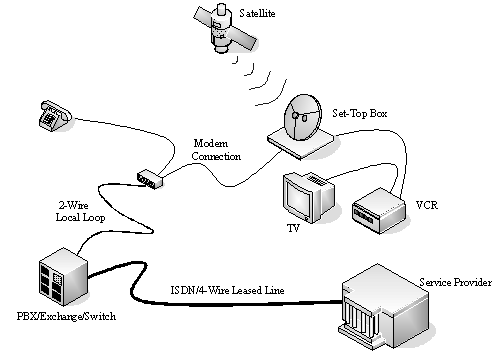Both the NY Times and the Inquirer gave space this week to TV set-top boxes, which guzzle energy and cost consumers major money.
The issue is that, at least with boxes produced in the U.S., these devices are perpetually running, even after you turn off your set after a rousing episode of True Blood. In fact, the estimated 160 million boxes in the U.S. have in many American homes become the largest power eaters out there. According to the Times, a high-definition DVR or cable box uses an average of 446 kilowatt hours per year. That’s 31 kW’s more than a 21-cubic-foot energy efficient refrigerator; 265 more than a 42-inch LCD television; and a whopping 429 kW’s higher than a 15-watt CFL light bulb.
Luckily, there seems to be a simple solution to the issue, one that is a main stay in many European countries; devices with the ability to go into standby mode, or “deep sleep” that can cut down one energy use by 50 to 95 percent. The problem is that Big Cable is more about functionality and cost of set-top boxes, and less about energy saving. U.S. cable companies worry that Americans are too impatient to tolerate the extra minute or two it may take a box in “deep sleep” to power up, that low-energy states could disrupt service, and that energy-efficient boxes may cost more.
Truth is, according to energy efficiency experts from the Lawrence Berkeley National Laboratory and engineering company Pace, it is possible to create boxes that reduce energy use without cutting down on quality, or piling on cost. However, as all electronics are prone to glitches, reservations still remain due to the instant gratification most cable users expect from their home entertainment systems.
So, why not be willing to wait just a few extra moments before the telly blinks to life? Your patience will pay off, as your energy bill drops.
Find more information on EPA standards for set-top boxes here.







